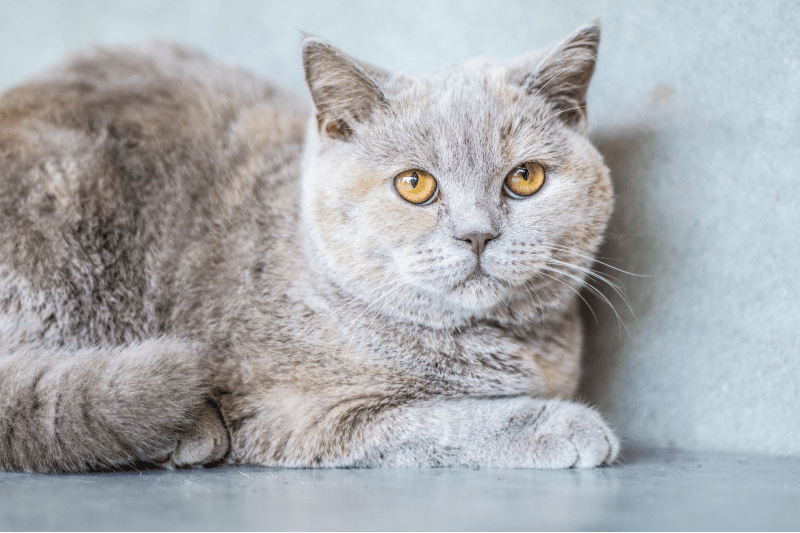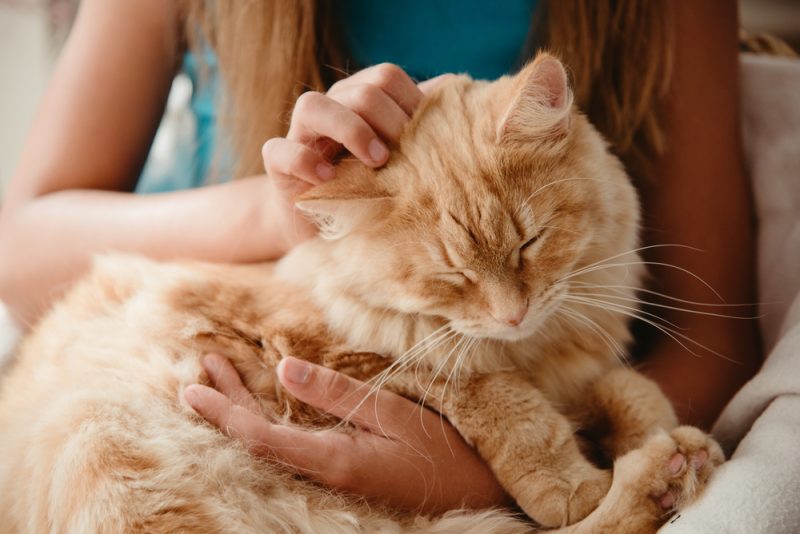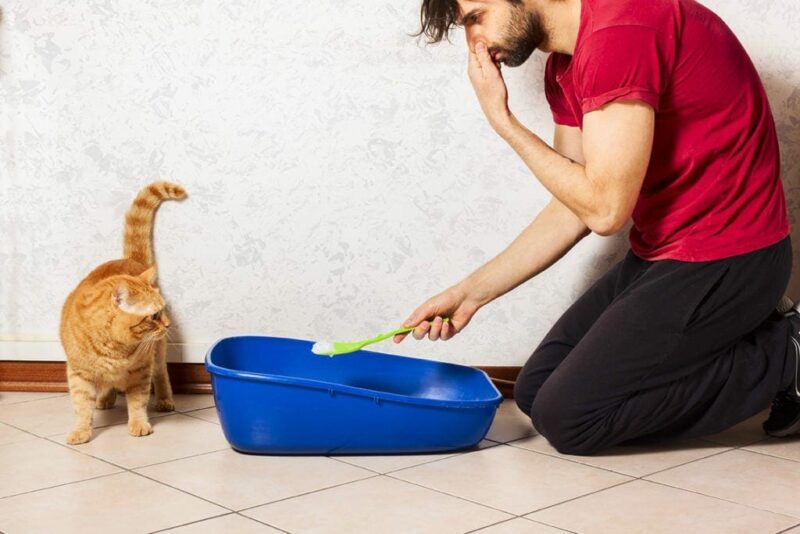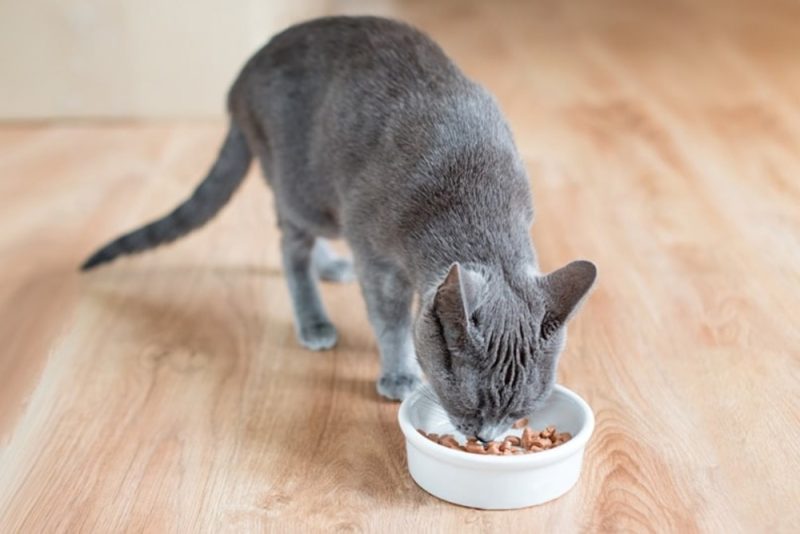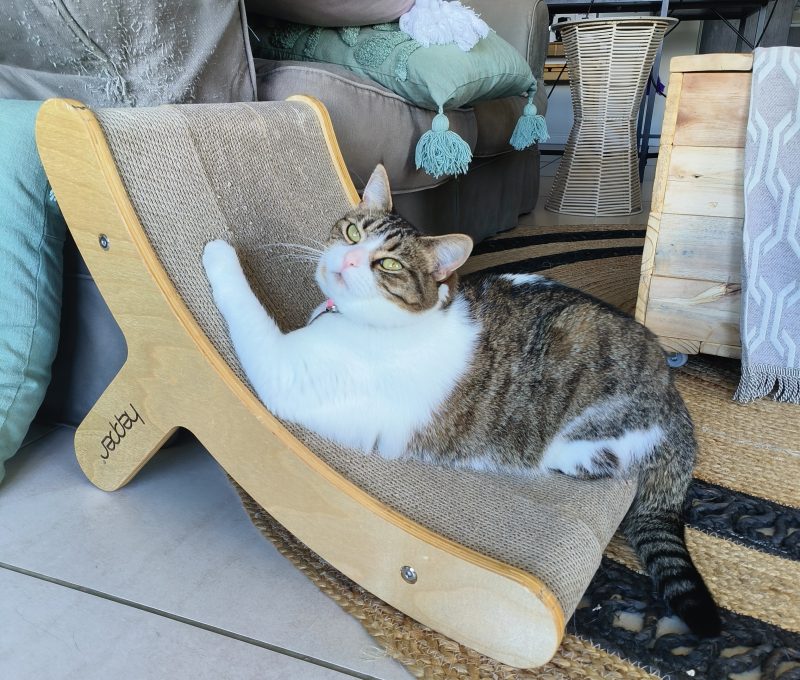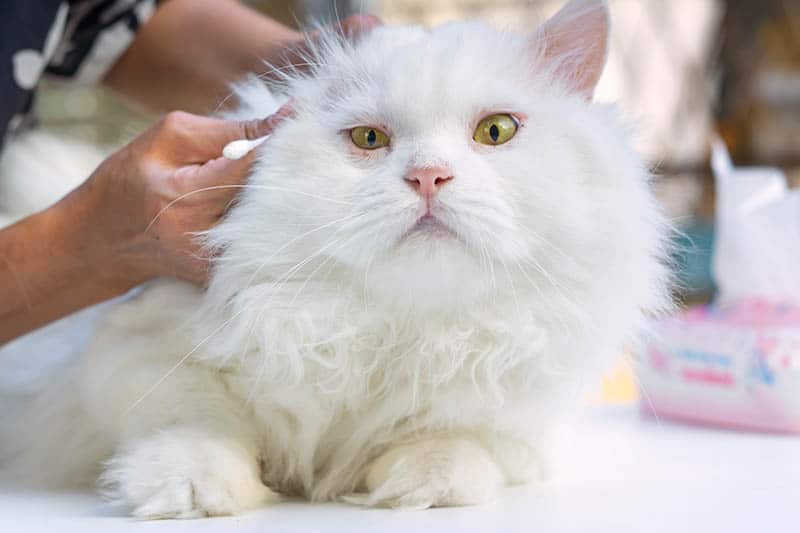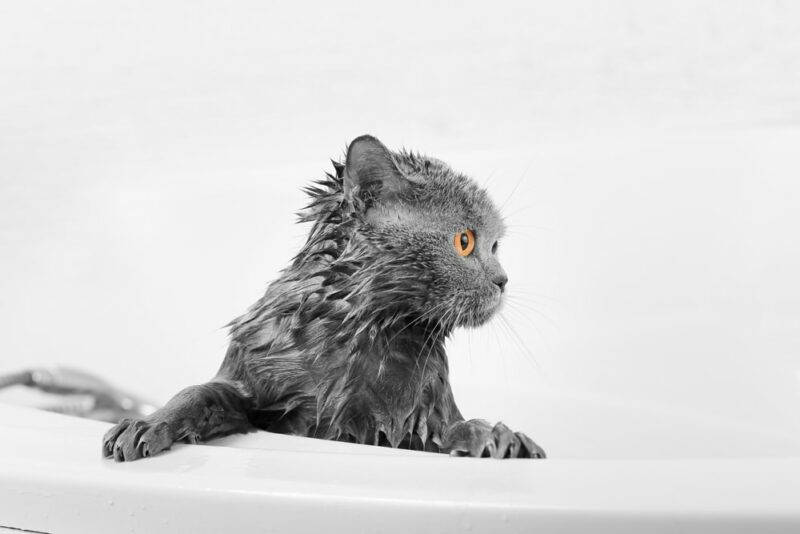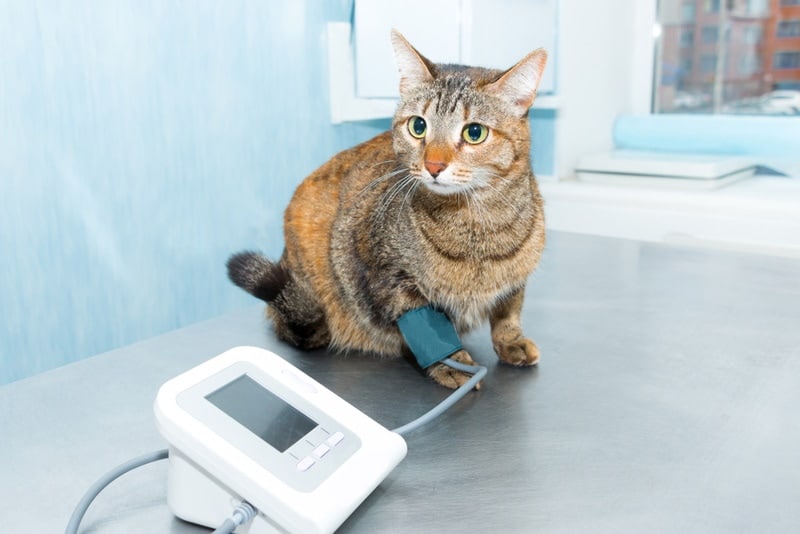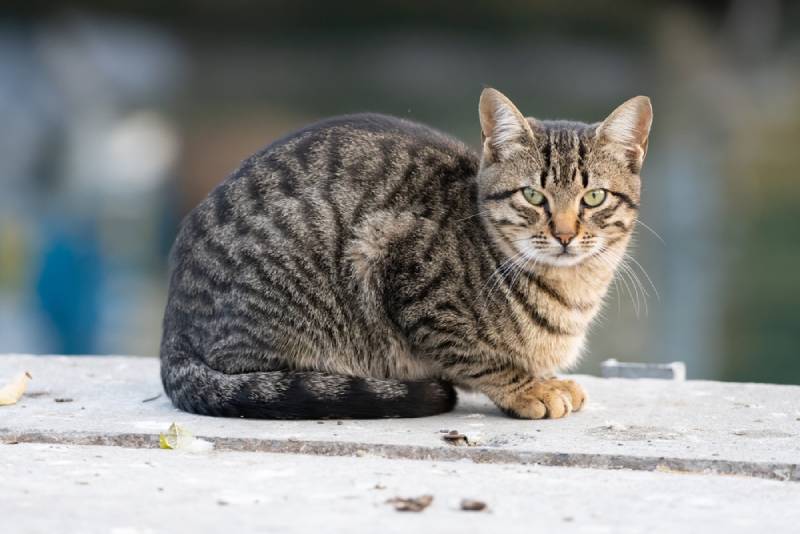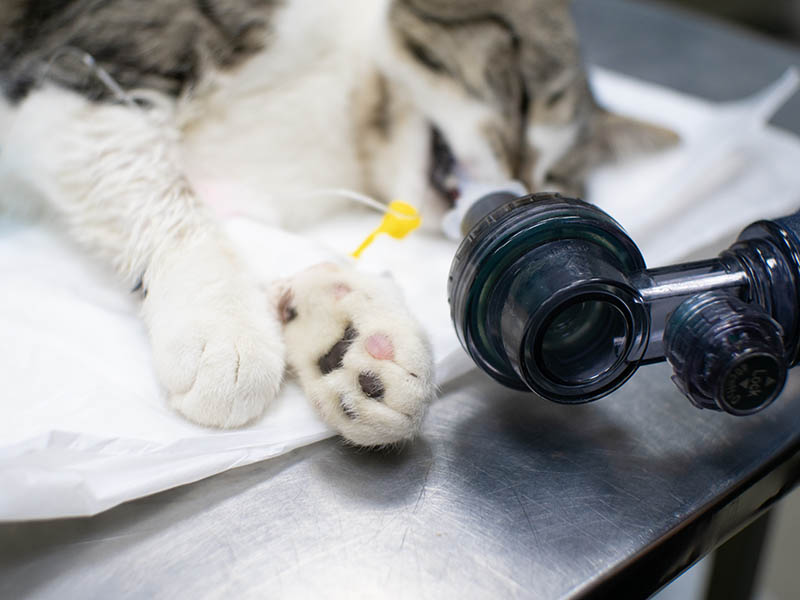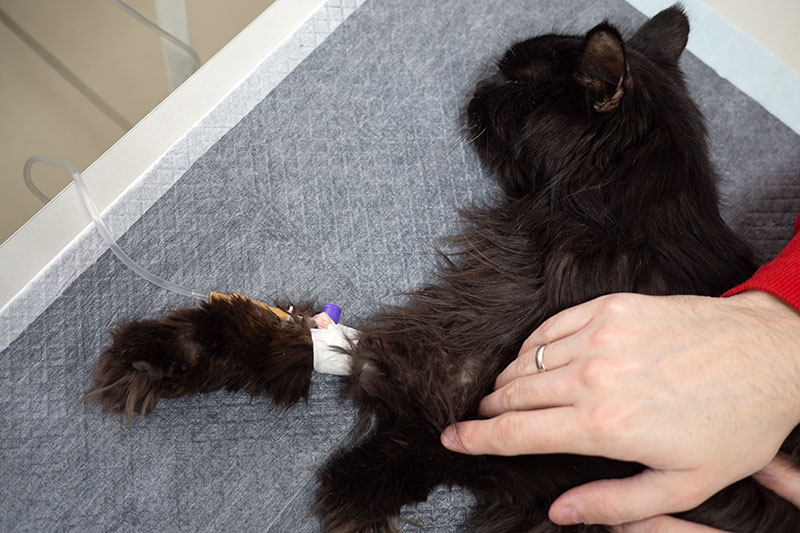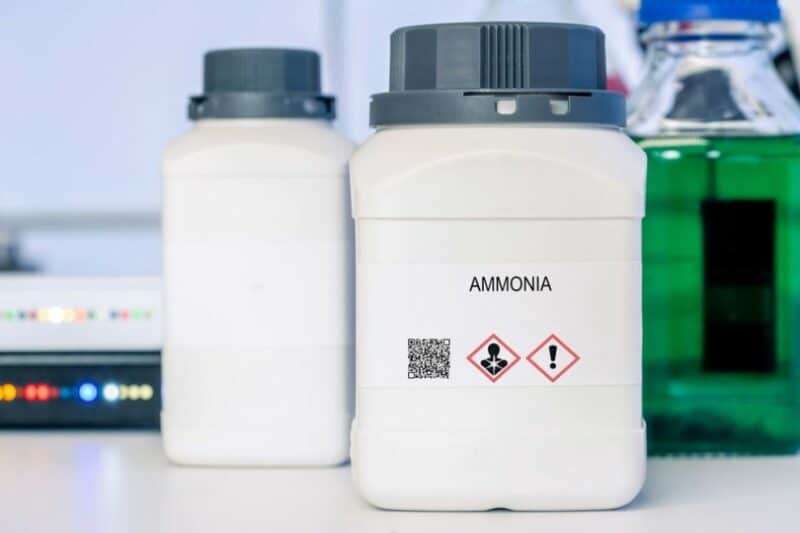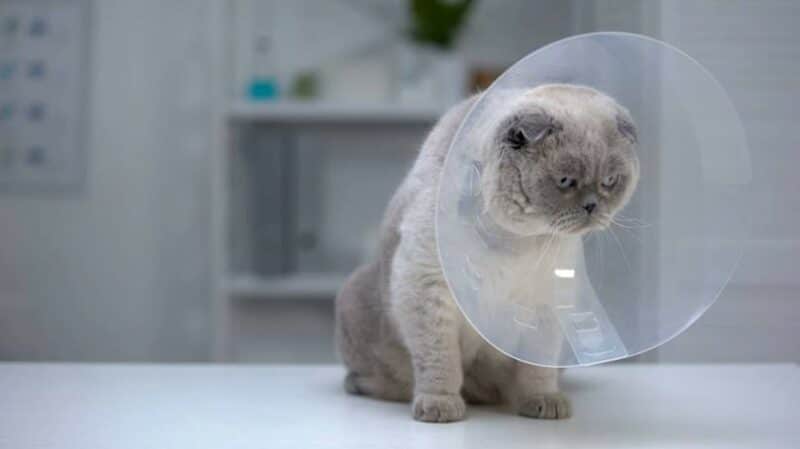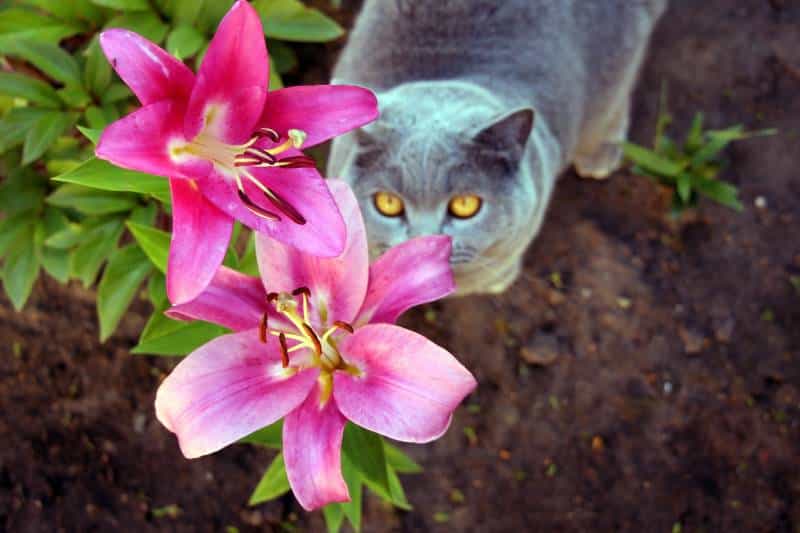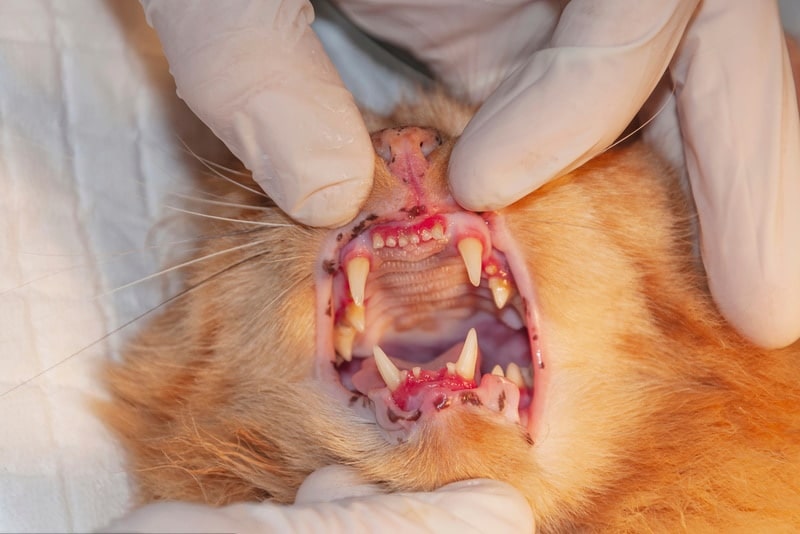In this article
View 4 More +A tortoiseshell cat is distinguished by its coat, which resembles the color pattern of a tortoise shell. The coat is usually a mixture of black and orange or brown and red fur.
Cats of different breeds can have tortoiseshell coats. Siamese, American Shorthairs, Persians, and British Shorthairs are some breeds where tortoiseshell cats are common.
Lilac tortoiseshell cats have a pale purple hue to their mottled black and orange coat. They are less common compared to other tortoiseshell cats with darker coat hues. Tortoiseshell cats are also fondly referred to as torties.

The Earliest Records of Lilac Tortoiseshell Cats in History
There’s a belief that the lilac tortoiseshell cat was introduced to Europe in the 16th century from Asia.
Tortoiseshell cats have a long history, as proven by their presence in ancient legends and folktales from cultures all over the world. In Southeast Asia, they have long existed as a legend in Khmer ancient culture, where they are believed to have originated from the blood of a young goddess. According to the folktale, the goddess was born of a lotus flower.
These cats are also present in ancient Celtic legends, where they were believed to be a good omen if found in a home. These signify that lilac tortoiseshell cats have been around for as long as domestic cats have since they are not a breed but rather the result of genetic mutations affecting everyday cats.
How Lilac Tortoiseshell Cats Gained Popularity
Since ancient times, tortoiseshell cats have been viewed as a sign of good luck and fortune. This was usually attributed to male torties due to their rarity.
In Japan, sailors believe that tortoiseshell cats offer protection against shipwrecks and ghosts, while in Ireland, they bring good luck. In the United States, tortoiseshell cats are known as money cats, believed to bring good fortune to the home.
The positive superstitions attributed to lilac torties have endeared them to many people. Also, their unique coat coloring is attractive and desired by many.
While tortoiseshell cats aren’t exactly rare, lilac torties are, and more so male lilac torties. This rarity makes the cat a prize among cat lovers.
Lilac Tortoiseshell Cat Personality
In the tortoiseshell cat community, ‘tortitude’ is a word used to refer to a unique personality associated with these cats. It stems from the assumption that tortoiseshell cats have more attitude than others, which means they are more aggressive, sassy, and unpredictable.
A 2016 University of California-Davis study that involved 1,200 cat owners revealed that most found their torties to be more aggressive than cats of other coat colors1. However, there has been no genetic link between the tortoiseshell color and a cat’s temperament.
Not all lilac torties display ‘tortitude’, and it’s more accurate to determine one’s personality based on their breed and unique behavior.

Top 5 Unique Facts About the Lilac Tortoiseshell Cat
Here are five unique facts about the lilac tortoiseshell cat:
1. Tortoiseshells Are Found in Different Breeds
While some people might think so, tortoiseshell cats are not a breed. Instead, it’s a unique classification for cats with a coat resembling a tortoise shell. Hence, tortoiseshell cats can be found in many breeds. Tortoiseshell cats are born from parents carrying the recessive gene that gives them a unique coat.
2. They Are Mostly Female
About 99.9% of lilac tortoiseshell cats are female, with only 1 in every 3,000 being male. This is because the recessive genes for the orange and black tortoiseshell coat colors are found on the X chromosome.
Female cats have two X chromosomes, so it’s possible for them to have both black and orange coloring on their coats. On the other hand, males have only one X chromosome, so they can only have one between orange and black. In rare cases, male cats can have two X chromosomes alongside their Y chromosome, making it possible to have both tortoiseshell colors.
3. Male Lilac Tortoiseshell Cats Are Sterile
Male cats with an additional X chromosome alongside the normal XY chromosomes are often sterile. This is due to the chromosomal abnormality caused by the presence of two X chromosomes, normally found in females.
4. Personalities of Tortoiseshell Cats Vary
Since tortoiseshell cats are found in various breeds, their personalities vary. The personality of a tortoiseshell cat depends on the particular breed and not the coat color. Nevertheless, tortoiseshell cats are commonly reported as more aggressive and active than other cats. However, there has been no real proof that tortoiseshell cats behave any differently from other cats of similar breeds.
5. They Are Also Known as Dilute Torties
Lilac tortoiseshell cats are also known as dilute torties due to the pale coloring on their coat. Traditionally, tortoiseshell cats have black and orange or reddish fur. Dilute torties have paler shades, often in hues of blue and cream. The purplish hue of lilac tortoiseshell cats is particularly rare.

Does a Lilac Tortoiseshell Cat Make a Good Pet?
A lilac tortoiseshell cat can make a good pet like any other domestic cat. But, as with others, this depends on the breed and your personal preferences rather than the coat color.
Since there are several cat breeds with tortoiseshell coat coloring, you can find both active and quiet lilac torties depending on the breed you go for. For instance, Siamese lilac torties are good pets for families with kids since they are playful, sociable, and love interaction.
This might not be the case with a mild-mannered Persian tortie that prefers a quieter environment. In this case, a Persian tortie would be more suitable for a family without small children.
This also applies to health care, grooming, and other care practices that vary depending on the cat’s breed. Therefore, keep the tortie’s breed’s temperament, nature, and traits in mind to find a lilac tortoiseshell that’ll make a good pet.

Final Thoughts
A lilac tortoiseshell cat is a rare beauty, and many cat lovers would love to have one of their own.
It’s important to remember that the only thing separating them from other cats is the unique color of their coats rather than their nature. That’s unless you encounter a male lilac tortie whose chromosomal abnormality might present health risks. In this case, they’ll need special care.
When getting a lilac tortie cat, pay attention to the breed to see whether they are a good pet for you.
See Also:
Featured Image Credit: Alina Vilchenko, Pexels
